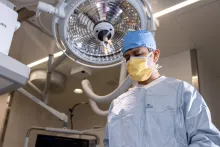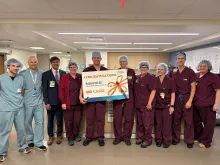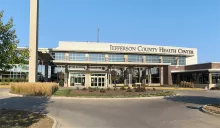Cardiac Ablation
- For all other requests:
- 1-800-777-8442
Cardiac ablation is a procedure used to treat an irregular heartbeat, also known as arrhythmia. Your provider may recommend a cardiac ablation if you have an arrhythmia and:
- You haven’t been able to control your heart rate or rhythm with medicine
- Your arrhythmia medicine causes serious or unpleasant side effects
- You have a type of arrhythmia that increases your risk of sudden cardiac arrest
- You have a type of arrhythmia that can be cured with cardiac ablation
University of Iowa Heart and Vascular Center electrophysiologists offer cardiac ablation for many types of arrhythmias, including common arrhythmias such as atrial fibrillation (Afib) and rare types like Wolff-Parkinson-White syndrome.
How cardiac ablation works
With cardiac ablation, we purposely damage (ablate) a small, targeted sections of heart tissue. The resulting scar tissue can no longer transmit the abnormal electrical signals that cause arrhythmia.
To create this scar tissue, we guide flexible, hollow tubes (catheters) through your blood vessels and into your heart. Then we use the catheters to apply extreme heat (radiofrequency ablation) or cold (cryoablation) to the target areas.
Our team performs hundreds of these procedures every year, making us one of the most experienced in the state. So, if you need a cardiac ablation, you can count on us for safe, skillful care.
University of Iowa Health Care now uses the Farapulse™ Pulse Field Ablation (PFA) System for atrial fibrillation (Afib) ablations. This new technology uses electrical signals that isolate and ablate specific heart cells in a precise pattern, resulting in a quicker and safer procedure.
This new technology has proven to be effective and minimizes the risks associated with thermal ablations (radiofrequency and cryo), like damaging structures surrounding the heart.
What to expect when you have cardiac ablation
Cardiac ablation is a minimally invasive procedure. Most procedures take several hours to complete.
During your procedure
Your procedure will take place in a special room in the hospital called an electrophysiology lab. It usually includes the following steps:
- We’ll fit you with a blood pressure cuff and oxygen sensor. We’ll also attach sticky metal discs (electrodes) to your chest. These electrodes are attached by wires to a machine that keeps track of your heart rhythm (electrocardiogram).
- You’ll receive either light sedation (to keep you awake but comfortable) or general anesthesia (so you’re asleep during the procedure).
- We’ll insert several catheters into your body, usually in the groin area. We’ll gently guide these catheters through your blood vessels until we reach your heart.
- Once the catheters are in place, we send electrical impulses into your heart. We watch how your heart responds to these impulses, then we “map” each area responsible for spreading electrical signals incorrectly.
- Finally, we deliver heat or cold to each mapped area, to create permanent scar tissue.
Your provider will let you know if you can return home the same day or if you’ll need to stay overnight for observation.
After your procedure
Depending on the type of arrhythmia you have, cardiac ablation may be the only treatment you need to restore your heart rhythm for good.
A comprehensive treatment plan combining cardiac ablation with medication, or a pacemaker can greatly improve your symptoms. It can also reduce your risk of serious health problems associated with arrhythmia, including heart failure and stroke.
Who can benefit from cardiac ablation?
Radiofrequency ablation and cryoablation can improve or cure many types of arrhythmias. These include:
- Atrial fibrillation (Afib)
- Atrial flutter
- Atrial tachycardia
- Atrioventricular nodal reentrant tachycardia (AVNRT)
- Premature ventricular contractions (PVC)
- Supraventricular tachycardia (SVT)
- Ventricular tachycardia
- Ventricular fibrillation (Vfib)
- Wolff-Parkinson-White syndrome
Your provider will let you know if cardiac ablation is enough to restore your heart rhythm permanently or if you’ll still need other short- or long-term treatments.
Our Care Team
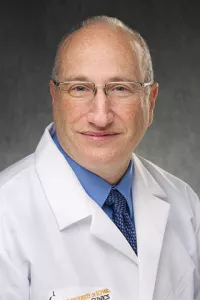


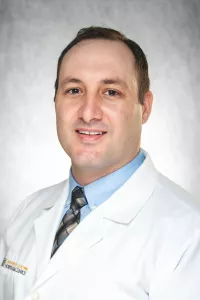



Do you think you'd benefit from cardiac ablation?
Locations and Offices
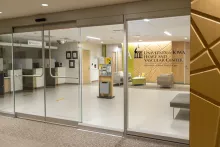

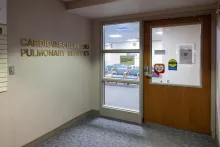
Related Health Topics
Patient Stories

